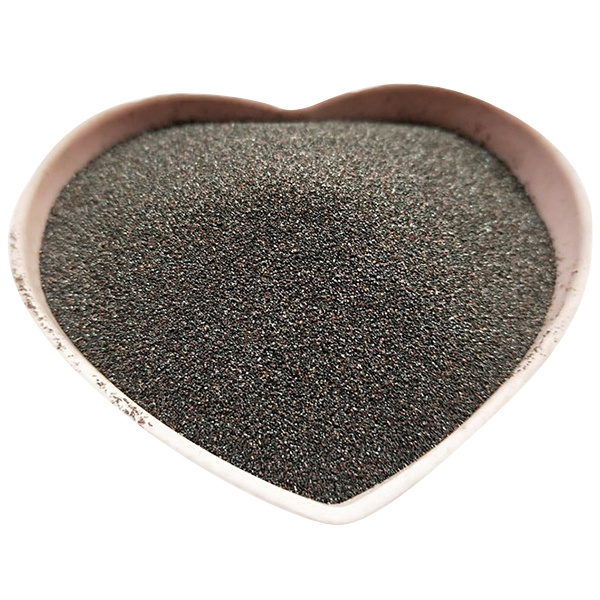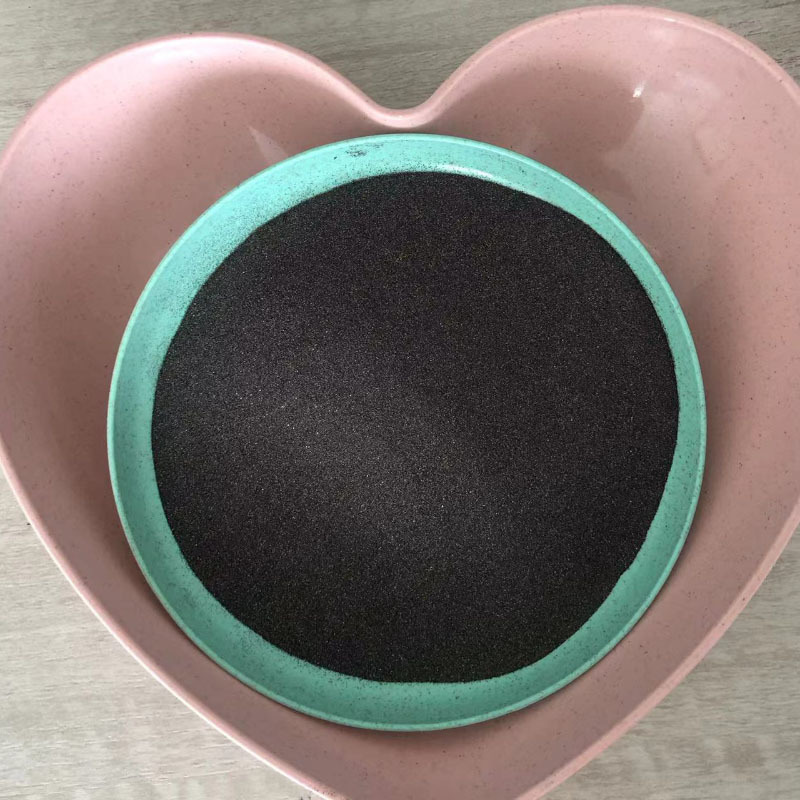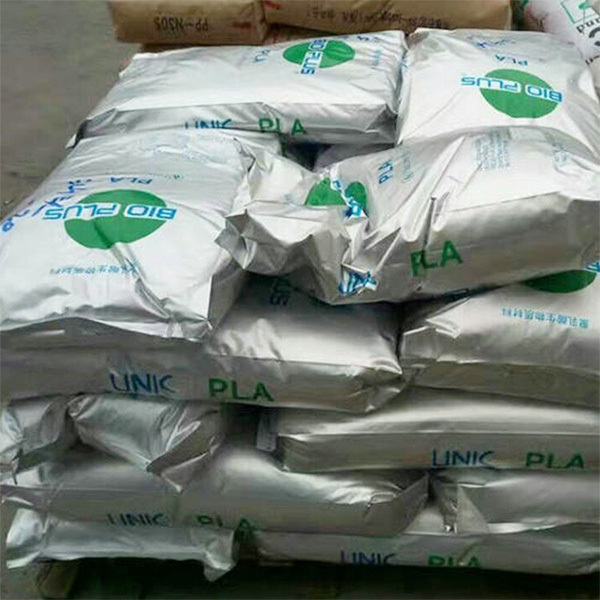Understanding Rutile Sand 90%: A Key Component in Advanced Chemical Materials
Release Time:
Jul 20,2025
Rutile Sand, primarily composed of titanium dioxide (TiO2), is a naturally occurring mineral that boasts a high refractive index and excellent UV resistance. When discussing "Rutile Sand 90%," we refer to a specific grade containing 90% or higher purity of rutile, making it particularly valuable in multiple industrial applications. One of the key characteristics of Rutile Sand is its thermal stabi
Rutile Sand, primarily composed of titanium dioxide (TiO2), is a naturally occurring mineral that boasts a high refractive index and excellent UV resistance. When discussing "Rutile Sand 90%," we refer to a specific grade containing 90% or higher purity of rutile, making it particularly valuable in multiple industrial applications.
One of the key characteristics of Rutile Sand is its thermal stability. This property allows it to withstand high temperatures without degrading, making it suitable for use in ceramics, refractory materials, and glass manufacturing. In ceramics, Rutile Sand enhances the strength and durability of the final products, contributing to their overall performance. Additionally, its high refractive index makes it an excellent additive in the production of pigments, enhancing color brilliance and opacity.
In the field of coatings, Rutile Sand plays a pivotal role due to its ability to improve the mechanical properties of paints and coatings. Its excellent hiding power and resistance to weathering make it a preferred choice for manufacturers aiming to create long-lasting surface finishes. Furthermore, Rutile Sand is used in specialized applications, such as in the production of titanium metal, which is valued for its strength-to-weight ratio and corrosion resistance.
The versatility of Rutile Sand extends to the aerospace and automotive industries, where it is used to produce lightweight yet strong materials. The demand for advanced materials in these sectors has propelled the use of Rutile Sand, as manufacturers seek to improve fuel efficiency and reduce emissions. Its application in new technologies also reflects the broader trend toward sustainability in industry.
In summary, Rutile Sand 90% is a crucial material in the development of advanced chemical products and innovative solutions. Its unique properties make it indispensable across several sectors, contributing to the enhancement of product performance and sustainability. For professionals in the chemical materials industry, understanding the significance and applications of Rutile Sand can lead to improved product offerings and a competitive edge in the marketplace. Whether it is for enhancing the durability of ceramics or improving the performance of coatings, the value of Rutile Sand continues to grow, making it a material worth exploring further.
One of the key characteristics of Rutile Sand is its thermal stability. This property allows it to withstand high temperatures without degrading, making it suitable for use in ceramics, refractory materials, and glass manufacturing. In ceramics, Rutile Sand enhances the strength and durability of the final products, contributing to their overall performance. Additionally, its high refractive index makes it an excellent additive in the production of pigments, enhancing color brilliance and opacity.
In the field of coatings, Rutile Sand plays a pivotal role due to its ability to improve the mechanical properties of paints and coatings. Its excellent hiding power and resistance to weathering make it a preferred choice for manufacturers aiming to create long-lasting surface finishes. Furthermore, Rutile Sand is used in specialized applications, such as in the production of titanium metal, which is valued for its strength-to-weight ratio and corrosion resistance.
The versatility of Rutile Sand extends to the aerospace and automotive industries, where it is used to produce lightweight yet strong materials. The demand for advanced materials in these sectors has propelled the use of Rutile Sand, as manufacturers seek to improve fuel efficiency and reduce emissions. Its application in new technologies also reflects the broader trend toward sustainability in industry.
In summary, Rutile Sand 90% is a crucial material in the development of advanced chemical products and innovative solutions. Its unique properties make it indispensable across several sectors, contributing to the enhancement of product performance and sustainability. For professionals in the chemical materials industry, understanding the significance and applications of Rutile Sand can lead to improved product offerings and a competitive edge in the marketplace. Whether it is for enhancing the durability of ceramics or improving the performance of coatings, the value of Rutile Sand continues to grow, making it a material worth exploring further.
Keywords:
You Can Also Learn More About Industry Trends






